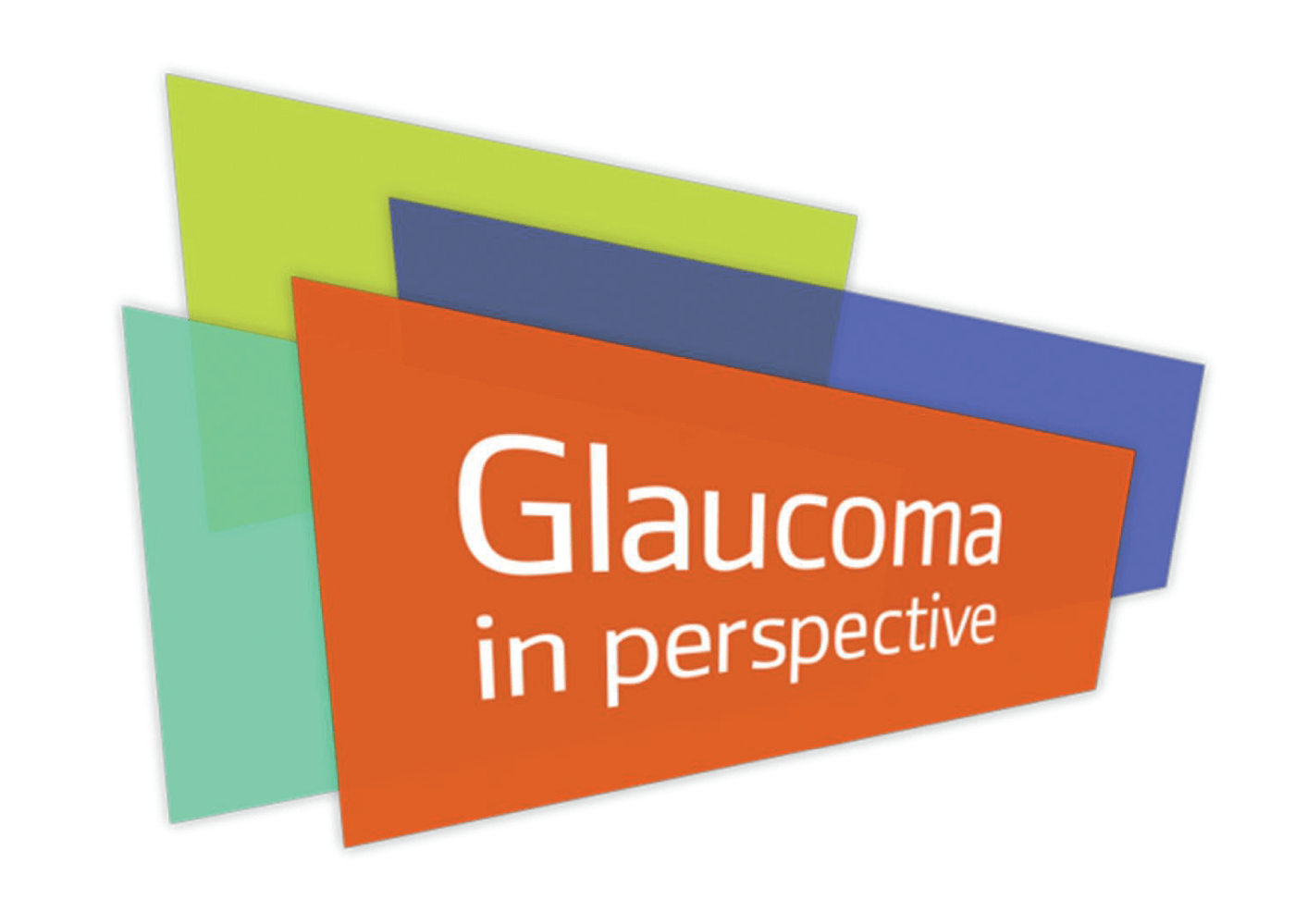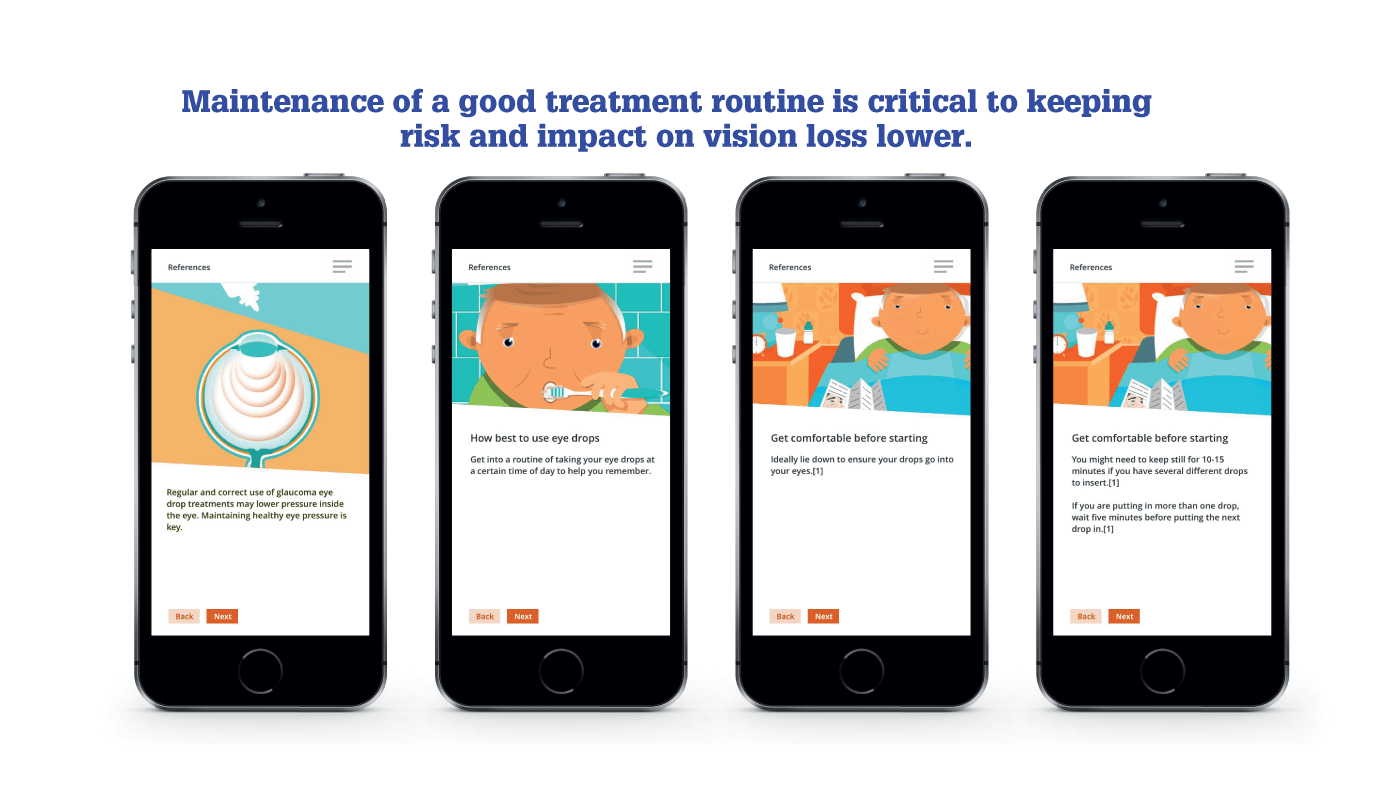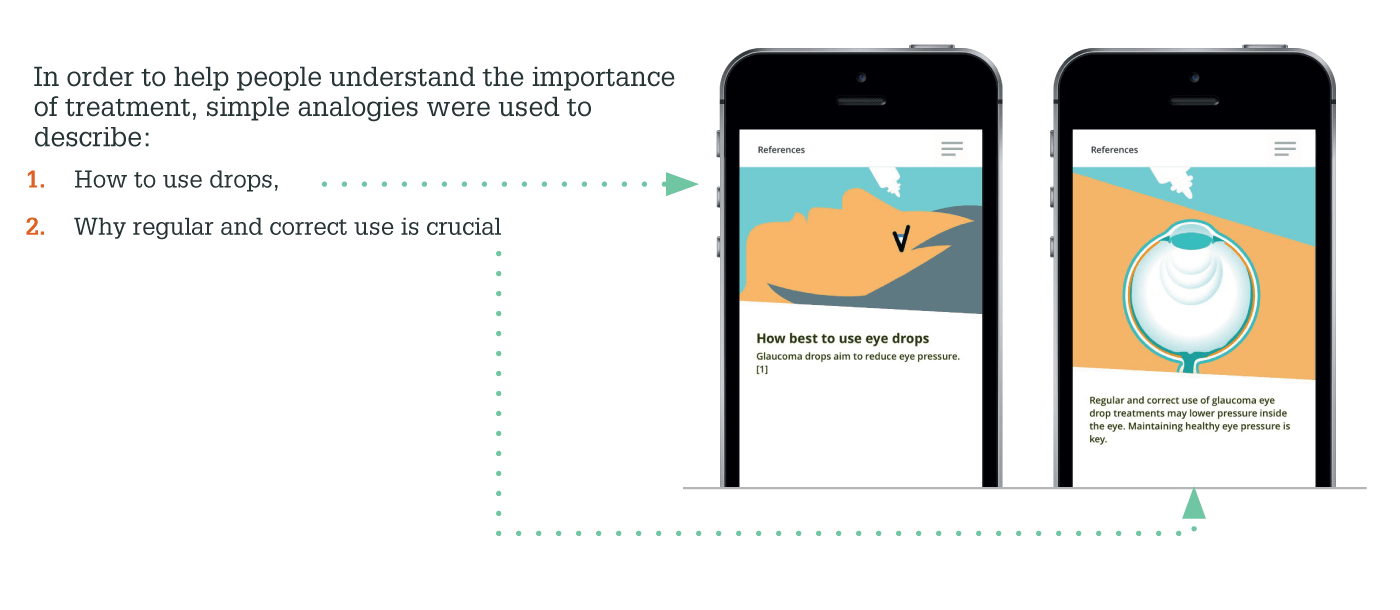
David Crabb, Professor of Statistics and Vision Research and Director of the Centre for Applied Vision Research at City, University of London, UK, talks about a tablet/smartphone app that has been designed to increase patient awareness of glaucoma and its symptoms.
Tell us about the app your team developed…
Our intention was to improve the kind of information that we give to people with glaucoma and their families. We found that the information provided to patients with glaucoma (and patients with eye diseases, generally) tends to be quite poor – for several reasons. First of all, the language used in leaflets given to patients is complicated, with too many technical terms used. In the past five years, I’ve seen leaflets using terms such as lamina cribrosa or trabecular meshwork – and though these are important clinical terms, they are not ones that patients need to be familiar with. The second problem is the complexity of diagrams and figures that are often used. When talking about eye diseases, publications tend to use a cross-sectional picture of an eye – the kind you can see in a biology textbook. And that’s too complicated for the average patient to understand. The third problem with glaucoma materials available is that the focus is often on the fear of blindness. Of course, it is a risk, but many patients who are treated are not going to lose vision in their lifetime. Finally, the imagery used to suggest what patients with glaucoma might be seeing is quite wrong; we frequently see the use of black patches in the field of view or tunnel vision – but we know from our research that this is not what glaucoma looks like to patients. In reality, glaucoma is often asymptomatic, which is important for patients to understand.
We have tried to use this knowledge to create a new kind of patient information source, and it is now available through an application – developed with and funded by Allergan, an AbbVie company, and the support of Glaucoma UK – called “Glaucoma in Perspective.” The app should ideally be used on a tablet, with a larger screen, but it can also be used on a smartphone. We tried to make the available information accessible, simple, and easy to read. The unique aspect of the app is its capability of demonstrating what it might be like to have visual field loss as a consequence of glaucoma. We have built a series of demonstrations and videos to see what the world looks like through the eyes of a patient with glaucoma.
Who came up with the idea of developing the app and how did things fall into place?
The original idea came a few years ago and originated in the Crabb Lab. We published a research paper to show that patients reject the idea that, if you have glaucoma, you have black patches in your field of view or tunnel vision. The effect of glaucoma on patients’ visual function is much more subtle, especially in the early stages of the disease. Once the paper was out, we thought it would be great to share this information with patients and we came up with the idea of developing an app. The original app was launched about four years ago, but then it stopped being available to the public. Allergan got involved in the project to fund and relaunch it.
What stage is it at now and what are the next steps?
The app is now available in the UK on various platforms – for free. It should provide simple information about glaucoma and how effective treatment can be. It also has a series of diagrams that can help advise patients about adherence to eye drops. In the longer term, we would like to launch it in Europe and the rest of the world.

What feedback have you had so far?
We have had good reactions from patients through Glaucoma UK – an outstanding charity for glaucoma sufferers. Patients have expressed how pleased they were with the available material. We have run it by many of our clinical collaborators as well. All reactions so far have been positive!
And your advice for ophthalmologists?
As our conversation has been arranged to mark the Glaucoma Awareness Week, I would like to stress one point: ophthalmologists should ensure their patients know that glaucoma can be asymptomatic. This truth is an important aspect of the app – we need to make it clear that patients may not notice any problems with their vision, but this insidious condition might still be affecting them. Regular, routine eye checks are really important, not only for glaucoma, but also for all other conditions that can affect eyes.
To download the app, search “Glaucoma in Perspective” in your app store – see if you think your patients might benefit from using it.
To read more about the work of David Crabb’s team, the Crabb Lab, go to staff.city.ac.uk/crabblab or @crabblab on Twitter.
The application was produced and funded by Allergan, an AbbVie company.

